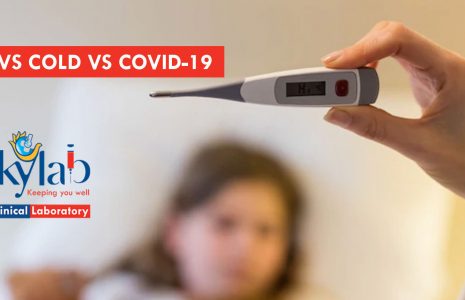No products in the cart.: ₹0.00
The level of oxygen in your blood tells the efficiency of your blood in transporting oxygen towards your lung and the entire cells of your body. For some, COVID-19 has caused the oxygen levels to fall. Low levels of blood oxygen could result in a fatal situation.
Wondering about normal oxygen levels? The average healthy range of 95-100 mm Hg usually remains the same regardless of age. However, older people tend to be on the lower side in the nutritional field, at 95 millimeters Hg. Children and young adults are more likely to be afflicted with blood-oxygen levels higher than 100.
What is oxygen level considered to be too dangerous and too low?
When your oxygen levels fall lower than 90mmHg, it’s usually deemed to be as being too low. This is the case regardless of whether you suffer from COVID-19 or another medical condition that impacts blood oxygen levels.
What signs of low blood oxygen levels should you look for?
Certain COVID-19 patients do not show any indications of low oxygen levels in the blood. In those who do, there are many indicators to be aware of.
For adults, signs that are typical that there is a low level of blood oxygen level include:
- In a state of confusion
- Blue-tinted lips and a face
- It isn’t easy to get up
- Nagging chest pains
- Struggling to breathe
If you are a child, you might observe signs of crying, flaring nostrils, or struggling to drink and eat.
How can you check the blood oxygen levels in those who COVID-19 infects?
When COVID-19 is present with COVID-19, the Centers for Disease Control and Prevention (CDC) suggests testing blood oxygen levels, even if the patient does not show breathing difficulties. This is because many COVID-19 patients do not offer any symptoms; however, many have low blood oxygen levels due to the virus.
It is possible to measure blood oxygen levels using the pulse oximeter. It’s a reasonably cheap device bought from a variety of online and in-store stores. It is an easy procedure to test. It attaches to the tip of the finger, earlobe, or another body part. Monitor blood oxygen levels twice every day. Keep an account of your readings for the event that you need to discuss them with medical professionals.
It’s important to remember that a pulse oximeter cannot determine if you suffer from COVID-19. A COVID-19 blood test will determine this. However, the pulse oximeter will reveal whether you require oxygen therapy.
The levels of blood oxygen for children and adults have always been vital. With COVID-19 on the horizon the corner, it’s more crucial than ever before to be aware of the oxygen levels.
If you’re experiencing lower levels of the average blood oxygen level in your blood, consult your physician immediately. If you or someone else in your family suffer from severe respiratory distress or is suffering from an emergency medical situation, go to an emergency room or dial 911.
Keep informed about the work Skylab Medical Laboratory is doing regarding COVID-19…
The COVID-19 vaccine is still the best method to prevent serious diseases and help other people. Discover what some of our experts have to say about the COVID-19 vaccine.



